Need help identifying foundation plants
Rebecca Wofford
5 years ago
Featured Answer
Sort by:Oldest
Comments (22)
J Kay
5 years agoRebecca Wofford
5 years agoRelated Discussions
I need Foundation Planting help for garden home
Comments (2)I think what you're mostly lacking is scale. Unfortunately scale takes either time or money. :-) If you want any trees in front, I'd do that first - well, this fall, anyway. Shrubs would be a main consideration, too. Though do check and see how big they get and plant for their mature size! It'll take a few years for your plants to mature, but it's worth the wait. If it were me, I'd put something tall at that corner to soften that edge; maybe a juniper? Though that close to the house, I'd check and make sure their roots won't become a problem. Other than that a twining vine on a trellis might be a good choice....See MoreNeed Help on Foundation plant choices
Comments (1)Hello, dee4560. Here are some instructions for uploading photos from a Photobucket account. This one has screencaps that show how the Photobucket page looks, and how the link looks when you're writing your post: http://forums.gardenweb.com/forums/load/conif/msg0618461330709.html When you go to Preview Message, if you've done everything correctly the photo will show up. If you don't see the photo, go back to the previous page and try again. It might help to know what zone you're in, since there are three zones in Connecticut. You can find your USDA zone by entering your zip code here: http://www.garden.org/zipzone/index.php...See MoreNeed help identifying plant
Comments (40)Well, back to problems again. On Friday I found that the plant needed water so bad that the leaves, which ordinarily point upwards, had flattened out. I watered, and they sprung up within a couple of hours. However, yesterday there were 15 leaves that had turned yellow that I pulled. Today there were 10 more. In the past, when the plant needed water, it would actually tip over from the soil in the pot being too light. Even then, it would only lose a couple of leaves. It seems like this is more than just needing water. Or is it still stressed? I know I am. I pulled it away from the window since temperatures outside have dropped, but it's been by the window in the winter the last couple of years. It's now lost over 125 leaves. The new growth isn't keeping up, so it's looking thin. Help!...See Moreneed help identifying a plant
Comments (6)I'm a native plant nut and interested in plants used in traditional medicine. Pokeweed is a native plant that is at the northern edge of its range in southern Ontario. There aren't many other plants with reddish leaves and purple berries that grow inches in a day. Although poisonous when old, the young leaves have long been used as greens and as a spring tonic (song: Poke Salad Annie). Some people do grow it in their gardens; placement must take its size into account and, of course, don't eat the berries. Your sister can pull it out before it sets berries and seeds and keep pulling up any new shoots. If it comes back next year, she could try Round Up....See MoreYardvaark
5 years agofloral_uk z.8/9 SW UK
5 years agolast modified: 5 years agoJ Williams
5 years agoRebecca Wofford
5 years agoRebecca Wofford
5 years agoJ Kay
5 years agolittlebug zone 5 Missouri
5 years agoEmbothrium
5 years agolast modified: 5 years agoRebecca Wofford
5 years agoEmbothrium
5 years agolast modified: 5 years agoRebecca Wofford
5 years agoRebecca Wofford
5 years agomad_gallica (z5 Eastern NY)
5 years agogardengal48 (PNW Z8/9)
5 years agoRebecca Wofford
5 years agoRebecca Wofford
5 years agoDig Doug's Designs
5 years agoRebecca Wofford
5 years agoDig Doug's Designs
5 years agolast modified: 5 years ago
Related Stories
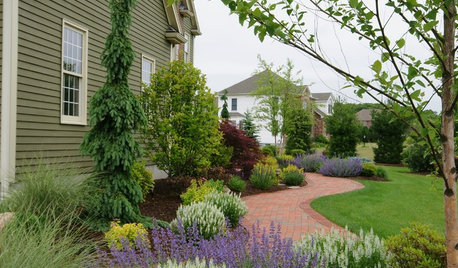
CURB APPEAL8 Twists on Foundation Plantings
Up your home’s curb appeal with house-side plantings that soften borders and add flair to your landscape
Full Story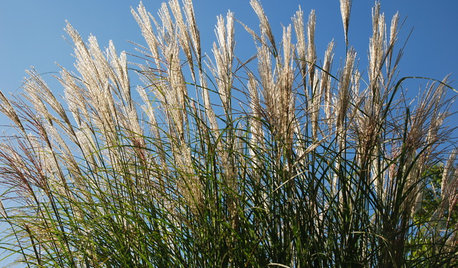
LIFEConsider Avoiding These Plants to Help Keep Your Garden Fire-Safe
Plants that accumulate dead material, are high in oil or have low moisture content in leaves put some homes at risk
Full Story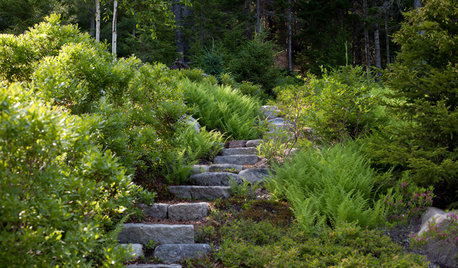
GARDENING GUIDES6 Questions That Will Help You Pick the Best Plants for Your Site
Before you head to the nursery, learn more about your outdoor space
Full Story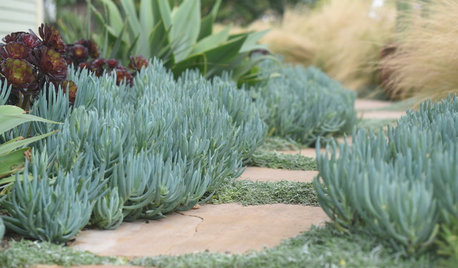
GARDENING GUIDES12 Fire-Wise Plants to Help Protect Your Home and Garden
Plant these moisture-rich, fire-resistant plants in your landscape to help prevent fire spread
Full Story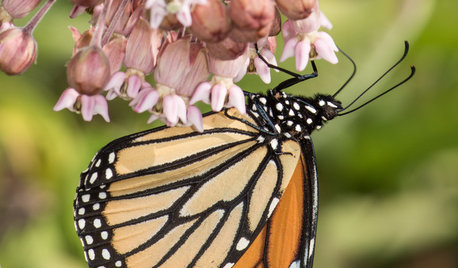
FLOWERS AND PLANTSHelp Monarchs and Other Butterflies by Planting Common Milkweed
Summer-blooming Asclepias syriaca is an important larval host plant for the monarch butterfly and attracts a number of pollinating insects
Full Story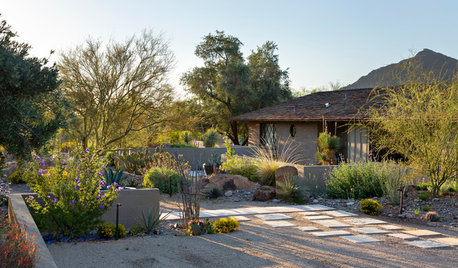
LANDSCAPE DESIGNFire-Wise Landscapes Can Help Keep Your Home and Property Safe
Choose fire-resistant plants and materials and create defensible areas using these design strategies
Full Story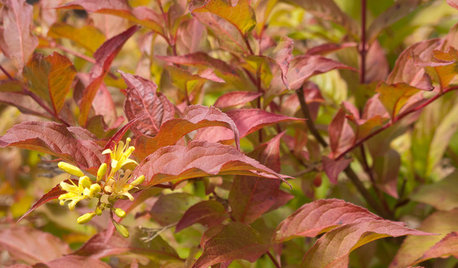
GARDENING GUIDESGreat Design Plant: Northern Bush Honeysuckle, a Bronze Beauty
It helps control erosion and takes sun or shade. The butterflies love it. But the best part of this shrub may be the vivid foliage
Full Story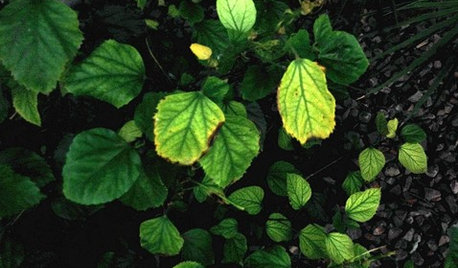
GARDENING GUIDESWhat's Wrong With My Plant? Leaves Often Hold the Clues
Learn how to identify common plant ailments by reading their leaves
Full Story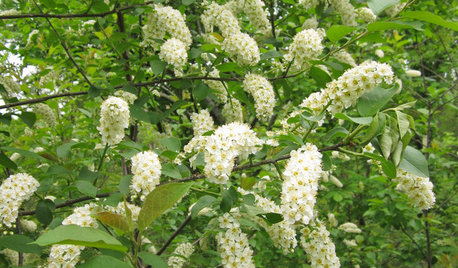
TREESNative Plant Alternatives to Invasive Common Buckthorn
Learn how to identify and control this aggressive plant, and what to grow in its place
Full Story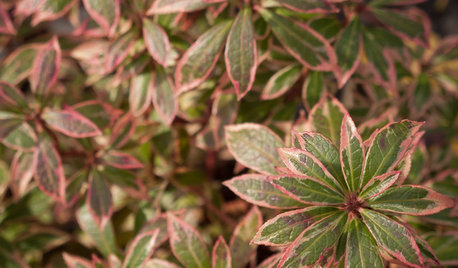
GARDENING GUIDESGreat Design Plant: Little Heath Andromeda Brings 4-Season Color
Rosiness in the cool months and fragrant white flowers in spring help make this shrub a winner — and hummingbirds love it too
Full Story


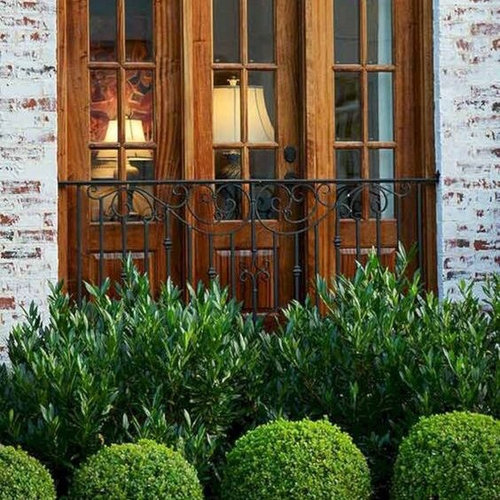


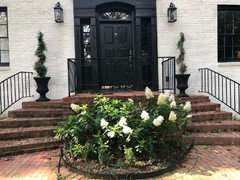
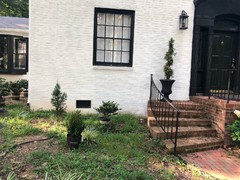
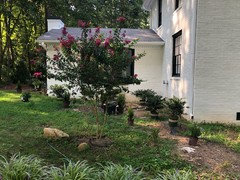
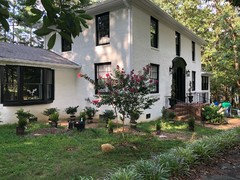

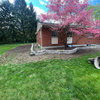



NHBabs z4b-5a NH